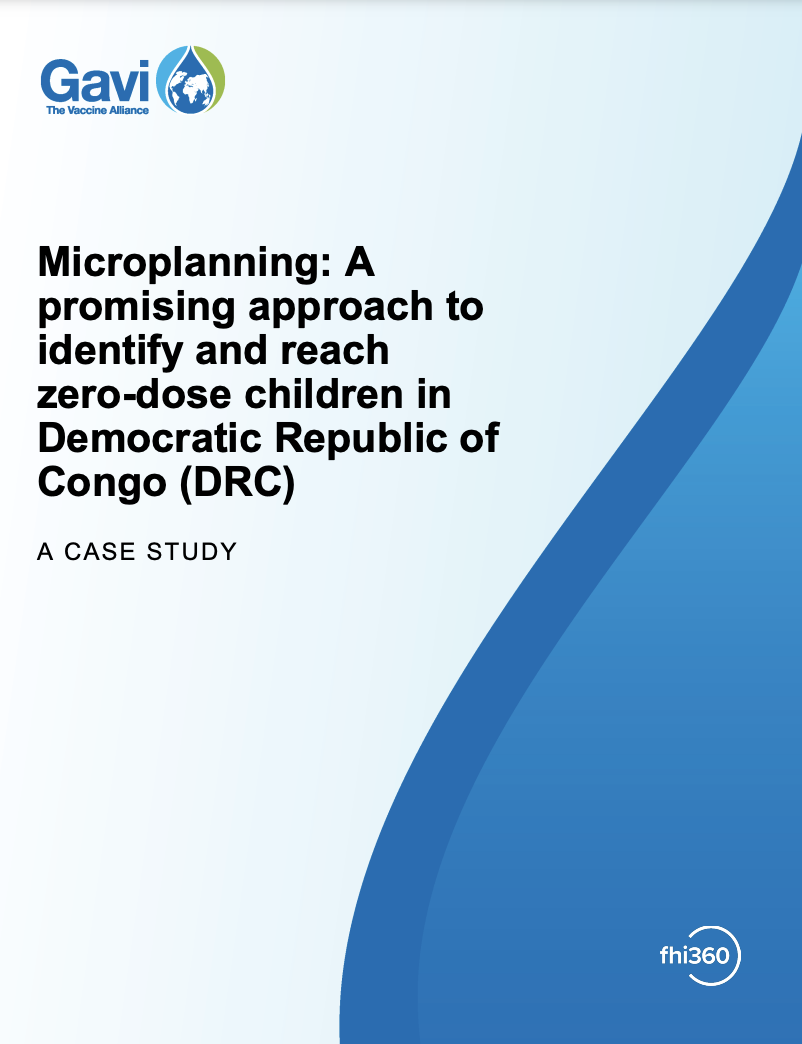Guidance note
Using GRID3 population data for COVID-19 vaccinations
Learn how to use GRID3 population data to visualise the locations, distribution, and characteristics of vulnerable populations who receive basic health services. These types of visualisations can support efforts to allocate resources and plan outreach activities for COVID-19 vaccination campaigns. They can also be used to inform planning for other health service delivery.
This guide includes visualisations of GRID3 population data that can answer the following planning-related questions:
- Where are highly populated areas?
- What is the relationship between COVID-19 cases and highly populated areas?
- How to locate vulnerable populations for COVID-19 vaccination campaigns?



